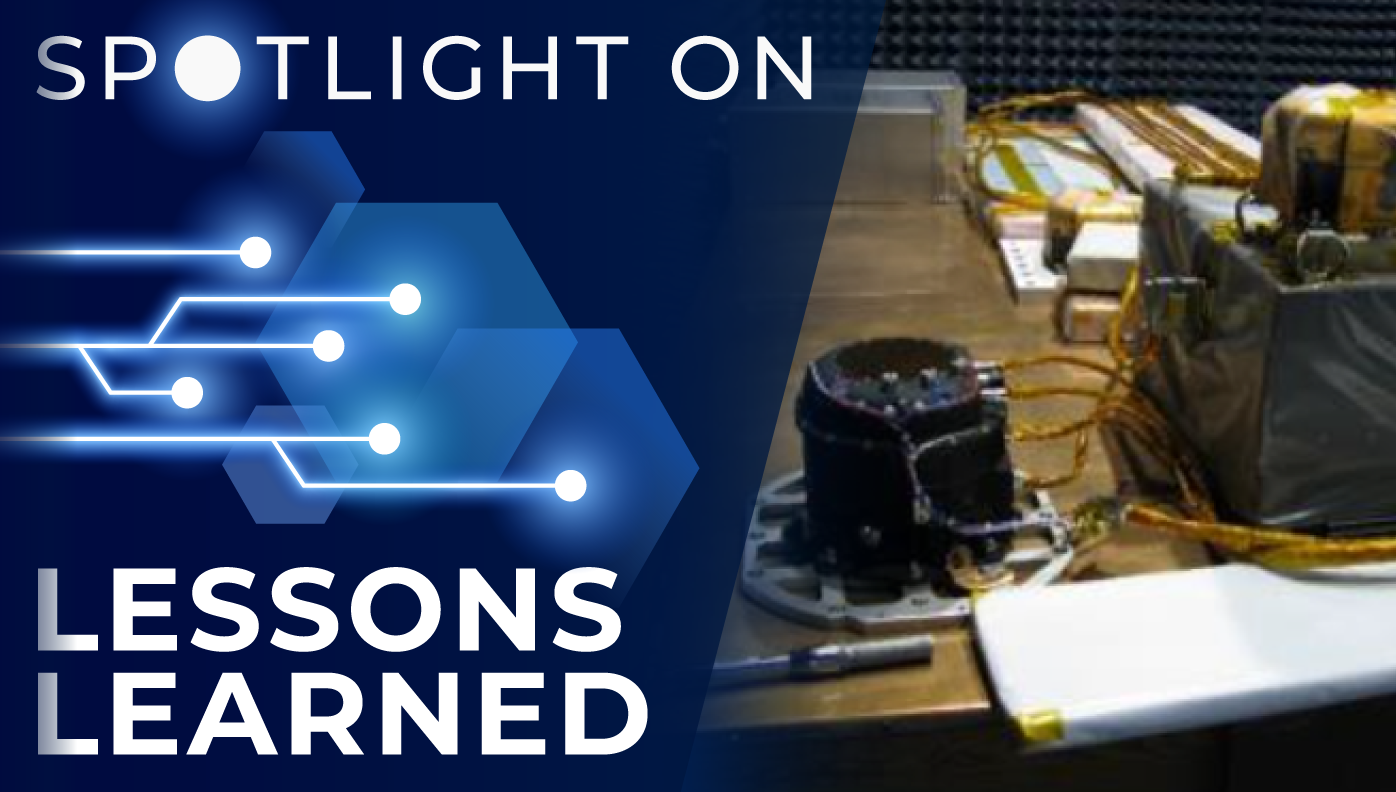
An issue with a button battery holder appears to be the cause of an unplanned reset of the Real-Time Clock on the International Space Station Urine Processing Assembly.
Inspection of test data showed that the serial Real-Time Clock (RTC) reset itself during a thermal cycle hot restart that was performed as part of environmental acceptance testing. Investigation of the hardware design determined the most probable cause of the reset was due to an issue with the button battery holder or how the battery was staked into the holder. A corrective action was successfully implemented by removing the existing battery holder and replacing it with a surface mount battery that was staked directly to the board.
The Urine Processing Assembly (UPA) is part of the International Space Station (ISS) system that collects wastewater, such as crew urine and humidity condensate, and processes it to potable water quality standards for crew drinking and hygiene activities, oxygen generation, urinal flush water, and various payloads.
Lesson Number: 30901
Lesson Date: November 2, 2021
Submitting Organization: Marshall Space Flight Center
HIGHLIGHTS
LESSON LEARNED
- Staking down a surface mount battery allows for a more robust permanent design.
- Due to difference in tolerances and processes between engineering and flight units, issues may occur in some units but not others.
RECOMMENDATIONS
- If a commercial off-the-shelf (COTS) item is being modified to eliminate a design weakness, investigate to determine if there are other COTS items that may not have that design weakness.
- Review all data obtained from testing, including data obtained late in the life cycle during environmental acceptance testing, because there may be differences between hardware builds.
Consult the lesson learned for complete lists.

Brian O’Connor
Credit: Brian O’Connor
NASA Marshall Space Flight Center Aerospace Flight Systems Engineer Brian O’Connor on the importance of this lesson learned:
This lesson is an important reminder that it’s easy to fall into a mindset of exclusively performing verification and forgetting validation. As engineers, we recognize the need to perform environmental acceptance testing of flight units as there may be slight differences in tolerances and workmanship when compared to development or qualification units. Problems may manifest with one but not the other. This lesson underscores the value of reviewing all the data that is being generated to assess the performance of the unit while performing acceptance testing. It’s essential to not just rely on the pass/fail criteria listed in the test procedure to find any issues. In our case, reviewing all the data generated during environmental testing of the flight unit allowed us to discover an issue with our flight unit that had not occurred on previous units.
One of the recommendations from our experience is that if a COTS item is being used and its design is being changed to address a weakness, first investigate if there are other COTS items that already address the weakness.
There are multiple items that apply to general projects, and these lessons and experiences sound familiar because they occur over and over again. Our team noticed that lessons concerning button batteries are scarce in the lessons learned database. It’s important for everyone to submit lessons for items, including technology and processes, that are commonplace so that we can learn from each other and make the lessons learned database more useful.
Spotlight on Lessons Learned is a monthly series of articles featuring a valuable lesson along with perspective from a NASA technical expert on why the lesson is important. The full lessons are publicly available in NASA’s Lessons Learned Information System (LLIS).
If you have a favorite NASA lesson learned that belongs in the spotlight, please contact us and be sure to include the LLIS Lesson Number.









